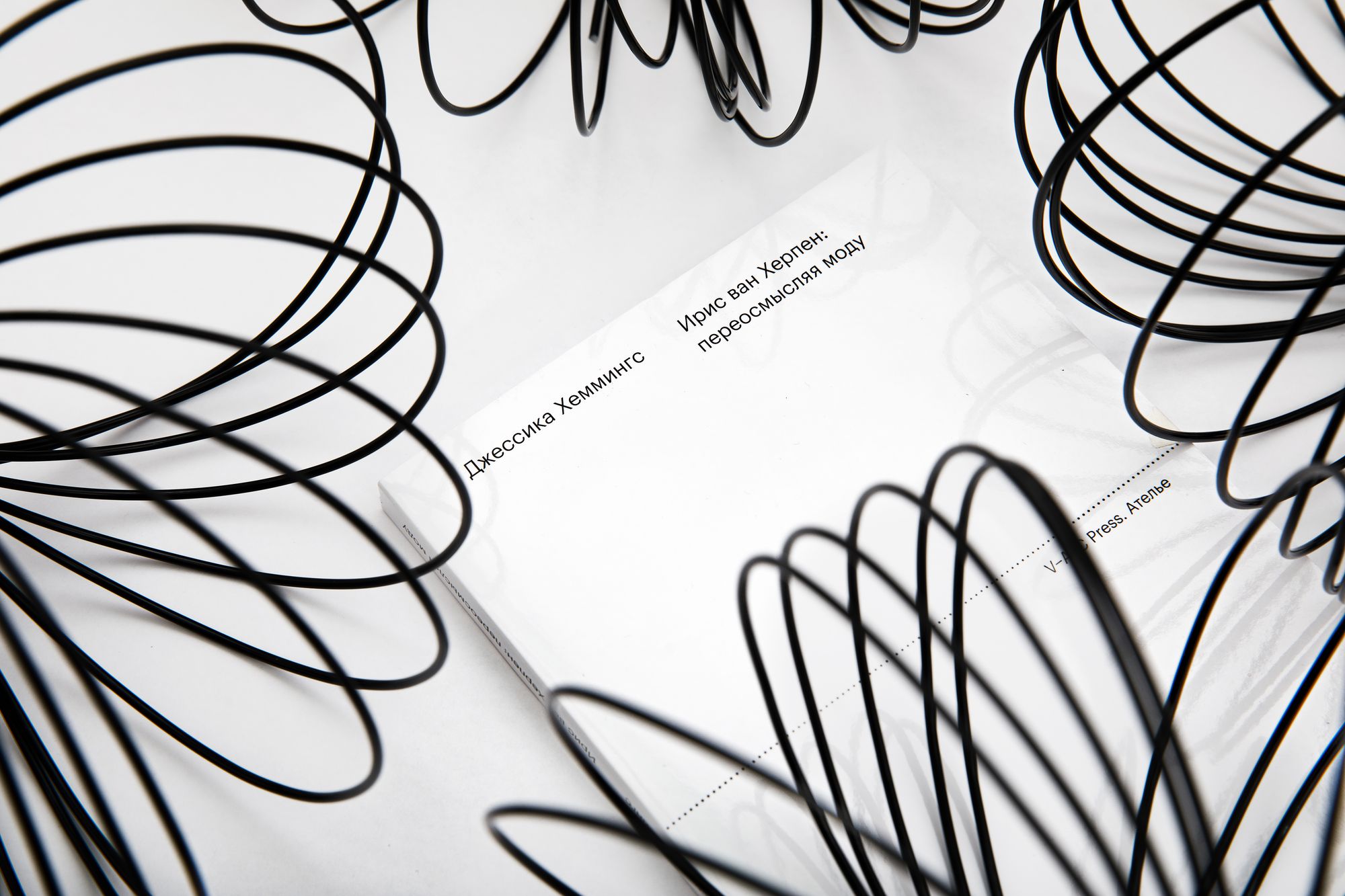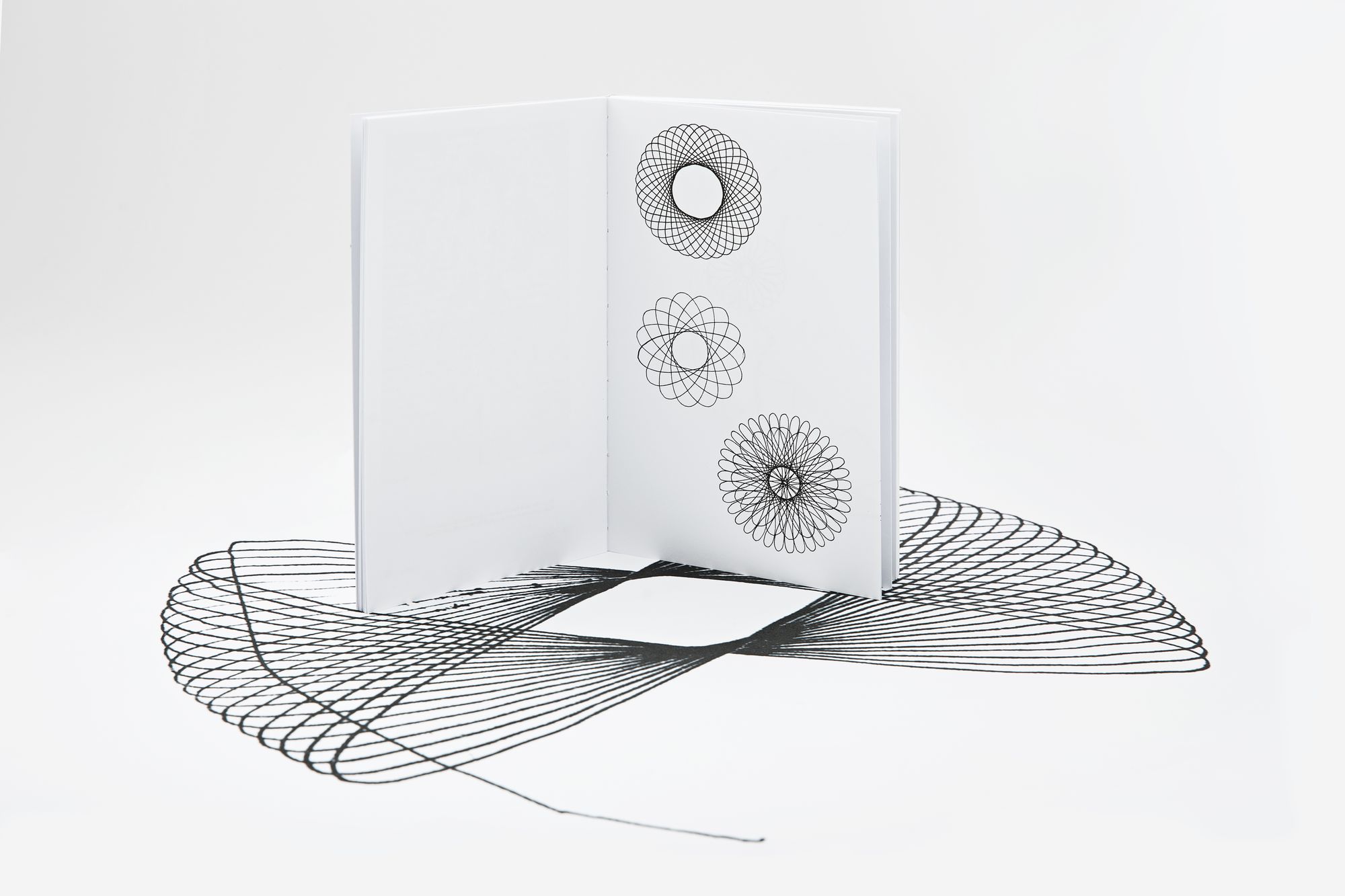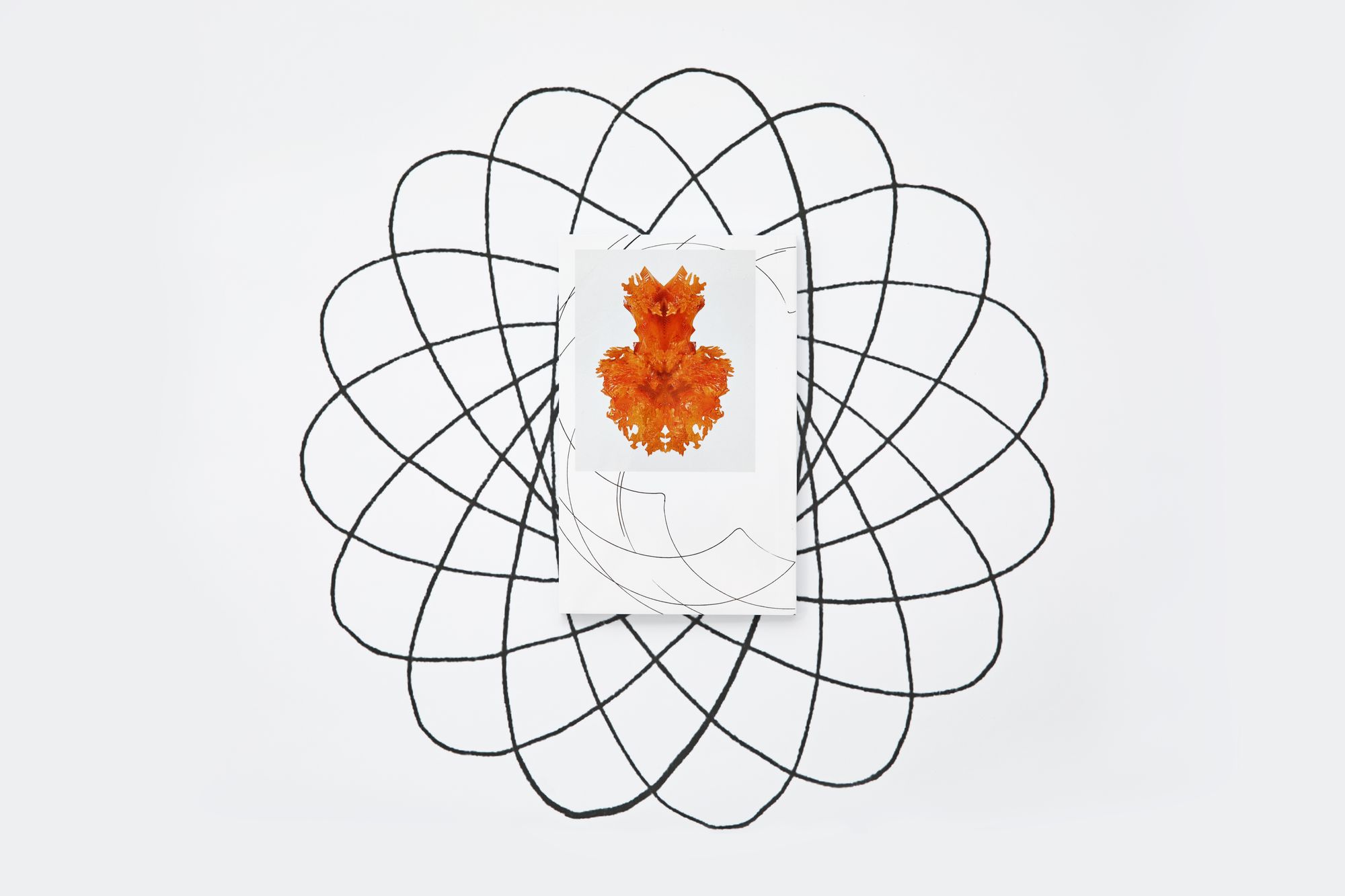Jessica Hemmings.
Iris van Herpen: Rethinking Fashion
A fusion of tradition and innovation, nature and technology in the work of the Dutch designer.
This book explores the groundbreaking work of Iris van Herpen, a Dutch designer who operates at the intersection of fashion, architecture, and natural sciences. British writer and professor Jessica Hemmings describes van Herpen as “more of an artist than a designer, ” emphasizing her distinctive approach to fashion as an art form. Hemmings’ study is divided into three key sections: “Body, ” “Tools, ” and “Collaboration, ” each offering an in-depth look at van Herpen’s creative philosophy.



All photos: Ruslan Shavaleev
Jessica Hemmings (b. 1976) is a leading researcher in material culture, literature, and contemporary crafts. She serves as the editor-in-chief of the journal PARSE and holds professorships at The Oslo School of Architecture and Design, the University of Gothenburg, and the Moholy-Nagy University of Art and Design. A Rita Bolland Fellow (2020–2023) at the Research Center for Material Culture in the Netherlands, her writings on textiles have been translated into French, Hungarian, Icelandic, Norwegian, Portuguese, Russian, and Swedish.
In fashion, for example, people talk about the differences between craftsmanship and technology, when these two aspects are related. If you look at craftsmanship in the old days, it was always about innovation. The sewing machine was a piece of innovation and technology. Even the first needle was an innovation. If I [van Herpen] combine technology and craftsmanship, I’m doing something that has been done for hundreds of years—it’s just changing as our knowledge grows and our techniques develop; we create more tools to shape the world around us.
The chapter “Body” examines the relationship between the human form and clothing. Van Herpen’s background in ballet deeply influenced her understanding of movement and spatial perception, shaping how her designs interact with the body.
In the chapter “Tools, ” Hemmings delves into van Herpen’s ability to blend traditional craftsmanship with cutting-edge innovation. By combining hand sewing with 3D printing, she challenges the notion that craft and technology are opposing forces. Inspired by nature, van Herpen studies patterns at both macro and micro levels, drawing influence from organic structures.
In the final section “Collaboration, ” explores the designer’s multidisciplinary collaborations. Van Herpen’s partnerships extend beyond fashion, engaging with fields such as sculpture, music, architecture, and science, expanding the boundaries of design.
Iris van Herpen: Rethinking Fashion is the second book in the Atelier series dedicated to fashion designers and to critical thinking about fashion and the history of costume. The series consists of works by contemporary fashion theorists and visual scholars commissioned by
Series editor
Liudmila Alyabyeva
Translator
Elena Kardash
Editors
Daniil Beltsov
Evgenia Fomenko
Olga Grinkrug
Illustrator
Masha Titova
Design and layout
Masha Vinogradova